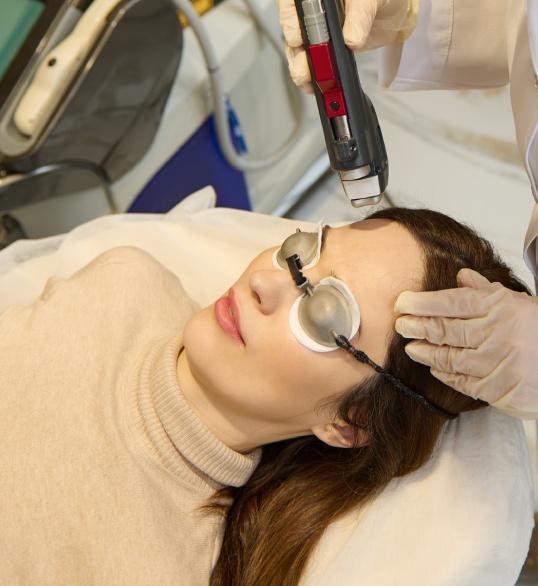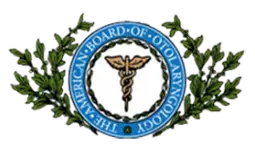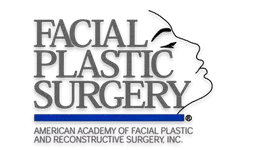
What Is a Scar?
Scars are your body’s best attempt at healing deep wounds. They can be caused by a number of injuries, from cuts and burns to blisters from chickenpox. Scars appear when the dermis, if not even deeper layers, are affected by injury. In this situation, an overgrowth of collagen fibers (scar tissue) is the fastest solution to closing a wound, as proper cellular regeneration is too slow to prevent further injury or complications such as infection.
Scars and scar tissue can affect people in different ways. For many people, it is a permanent reminder of trauma to the skin and some people view them as constant source of embarrassment that robs them of self-confidence. Regardless of how natural scar formation is, not everyone wants to show off their “battle wounds”. Not everyone sees them as part of their story. Whether scar tissue is impairing tissue function, or you just don’t want the reminder of an injury or surgery, it’s perfectly reasonable to seek the best procedures for scar removal.
Best Options for Scar Removal
A number of cosmetic/plastic surgical procedures are available to reduce the appearance of scarring. They vary in their invasiveness, that is, some procedures take place at or near the surface of the skin while others require true surgical procedures.
Laser resurfacing, steroid shots, chemical peels, and surgery are considered to be the best scar revision and removal options.
Laser Scar Resurfacing
The least invasive scar revision procedure is laser resurfacing. In fact, laser resurfacing is a non-invasive procedure in which scar tissue is treated with focused light energy (i.e. laser). It works by using a light frequency that matches a pigment in the scar, which overheats and can destroy the unwanted tissue. Laser resurfacing also stimulates skin cells to produce collagen and important substances.
Steroid Injections for Scar
Injections are slightly more invasive. People with hypertrophic or keloid scars may benefit from steroid injections into the scar itself. When scar tissue forms a depression in the skin, injectable dermal fillers can provide additional volume, smoothing out depressed areas.
Injectable fillers are best for scars due to cuts, wither from traumatic injury or previous surgical incisions.
Chemical Peels for Scars
Various depths of skin can be removed, taking away the scar and allowing new skin to take its place. Chemical peels are the least invasive, usually, and dissolve the top layer(s) of skin.
Chemical peels are best for mild scarring caused by acne or slightly elevated scar tissue. Dermabrasion is also used to treat superficial scars, (microdermabrasion is more appropriate for getting rid of age spots and skin discolorations).
In dermabrasion, the outer layer of skin is rubbed off with an abrasive instrument. Dermabrasion is used to treat scar tissue, wrinkles, and stretch marks.
Dermaplaning is the most invasive of the procedures. In dermaplaning, a special cutting tool called a dermatome is used to shave off keloid or hypertrophic scar tissue. Dermaplaning is not appropriate for depressed scar—it is used to remove raised scar tissue only.
Scar Revision Surgery
Scar revision surgery is used to treat very deep scars or scars that cover large areas of skin. When a scar is near a natural line in the skin, such as a skin crease or a hairline, Z-plasty may be used to reposition the scar to make it virtually invisible. When the scar is on the abdomen, for example, Z-plasty may be combined with a tummy tuck procedure to remove unwanted skin as well.
Lastly, skin grafts are used to replace large areas of damaged skin. Skin grafts are usually reserved for burn patients. In a skin grafting procedure, healthy skin is taken from one area and used to replace the scar tissue.




